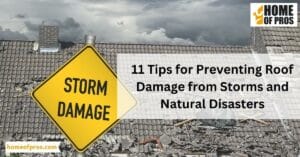Proper roof installation is crucial to ensure the longevity and durability of your home’s protection against environmental elements. The 8 essential steps include selecting the right materials, ensuring accurate measurements, and following manufacturer guidelines for installation. Ignoring any of these crucial steps can lead to premature wear, leaks, and expensive repairs in the future.
Installing a roof may seem straightforward, but the integrity of your home’s topmost shield hinges on a meticulous process. Each phase, from selecting the right materials to regular maintenance checks, plays a decisive role in ensuring longevity and performance. Dive into these 8 essential steps to guarantee your roof isn’t just a cover, but a robust guardian against the elements.

1. Understanding Roofing Basics: Why Proper Installation Matters
The roof, often considered the “hat” of a home, plays a more significant role than just serving as a cosmetic component. It’s a protective barrier that stands between the external environment and the internal sanctum of the house.
Proper installation is crucial as it directly impacts the home’s overall value. A roof that is improperly installed can lead to leaks, mold growth, and even structural damage, all of which can devalue a property. On the efficiency front, the importance of a well-installed roof is even more pronounced.
Such a roof provides optimal insulation, ensuring that the interior remains temperate, which in turn ensures that HVAC systems don’t overwork, leading to significant savings on energy bills. Beyond energy efficiency and home value, a correctly installed roof stands the test of time, protecting your investment and reducing the frequency of repairs and replacements.

2. Selecting the Right Roofing Materials
In the diverse world of roofing materials, each option caters to specific needs and aesthetics. Asphalt shingles, for example, are renowned for their cost-effectiveness and versatility, fitting a broad range of architectural styles.
Metal roofs, while often pricier upfront, promise durability, often lasting two or three times longer than their asphalt counterparts. They’re also energy-efficient, reflecting solar radiant heat and cutting cooling costs. Tile and slate roofs, while providing a timeless aesthetic appeal, also offer impressive longevity.
However, when choosing a material, it’s imperative to factor in local weather conditions. For instance, metal roofs excel in areas prone to wildfires, while slate might not be ideal for regions with frequent hail due to its potential to crack under impact.
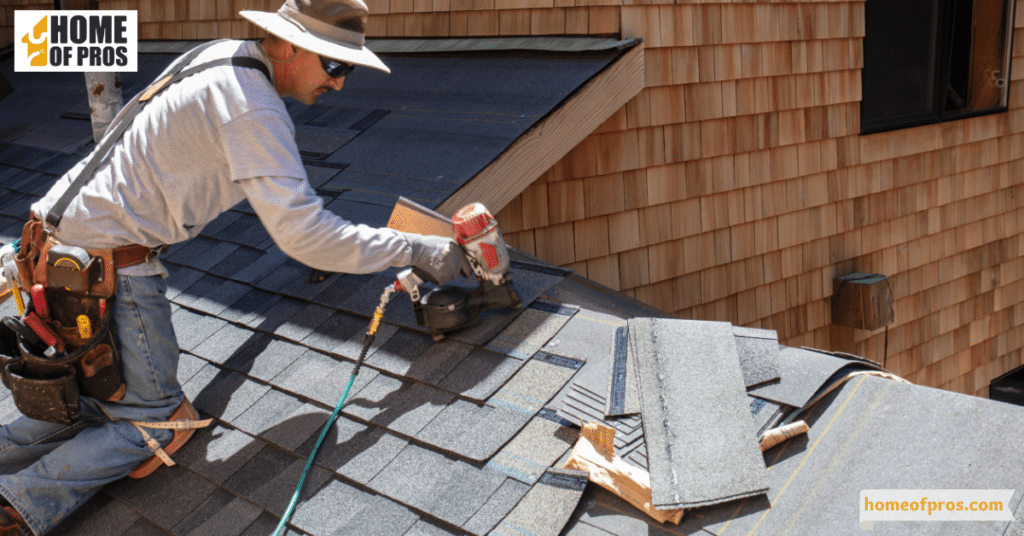
3. Ensuring Accurate Measurements
In roofing, accuracy isn’t a mere recommendation; it’s a necessity. Precise measurements ensure that roofing materials align seamlessly, offering full coverage without gaps or overlaps. It guarantees that the finished roof doesn’t just look cohesive but also functions flawlessly, leaving no vulnerabilities for water or pests.
Using advanced tools like drones for aerial imagery or digital software for calculations ensures that measurements are spot-on. An added advantage of accurate measurement is resource efficiency – it ensures materials are used optimally, minimizing wastage and saving costs.
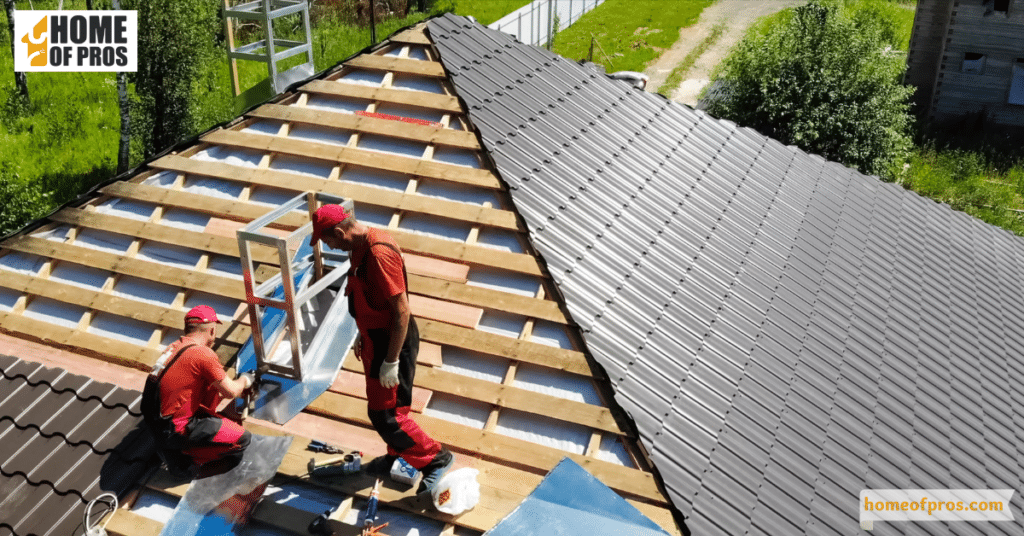
4. Prepping the Roof Deck
A solid structure demands a solid foundation. Before the new roofing materials grace the structure, the deck below must be in pristine condition. This entails stripping off the old roofing materials, exposing the deck, and then undertaking a thorough examination.
Any signs of rot, moisture damage, or structural weakness must be addressed promptly. Without a clean and stable foundation, even the best roofing materials can falter, leading to sagging, leaks, or worse.
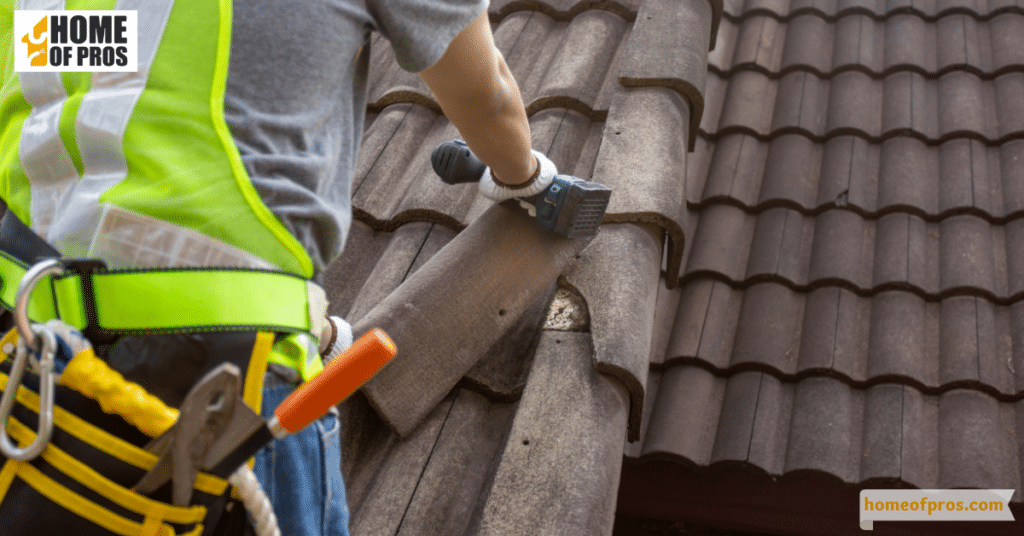
5. The Importance of Underlayment
Think of underlayment as the unsung backup singer, supporting the main performer. While it’s rarely seen once a roof is complete, its role is indispensable. Underlayment provides an added layer of defense against rain, snow, and ice.
Depending on the type—whether it’s felt, synthetic, or rubberized asphalt—it can offer benefits ranging from water resistance to fire resistance. This barrier ensures that even if the primary roofing material is compromised, moisture won’t reach the deck, preventing potential damage.
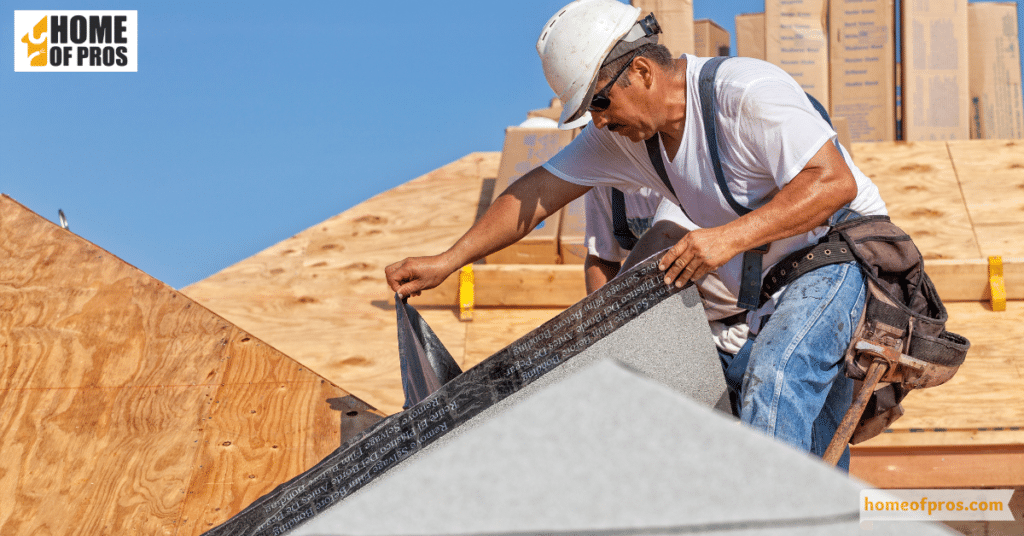
6. Following Manufacturer Guidelines
Roofing materials are designed with specific installation criteria to ensure their optimal performance and lifespan. When these guidelines are sidestepped, the repercussions can range from minor performance issues to catastrophic failures.
Not only can disregarding these instructions compromise the material’s function, but it can also invalidate warranties, leaving homeowners to bear the brunt of repair or replacement costs. Following the playbook ensures longevity, performance, and peace of mind.

7. Ventilation and Flashing: The Unsung Heroes
Ventilation is the silent hero in the roofing world. A properly ventilated roof allows for a continuous flow of air, ensuring that the attic doesn’t become a breeding ground for mold or a hotspot in summer. Balanced attic temperatures can also prevent ice dam formations in colder climates.
Flashing, on the other hand, acts as a sentinel at the roof’s most vulnerable points. Whether it’s around the chimney, skylights, or vents, flashing ensures that water doesn’t find its way into the home, preventing potential leaks and associated damage.
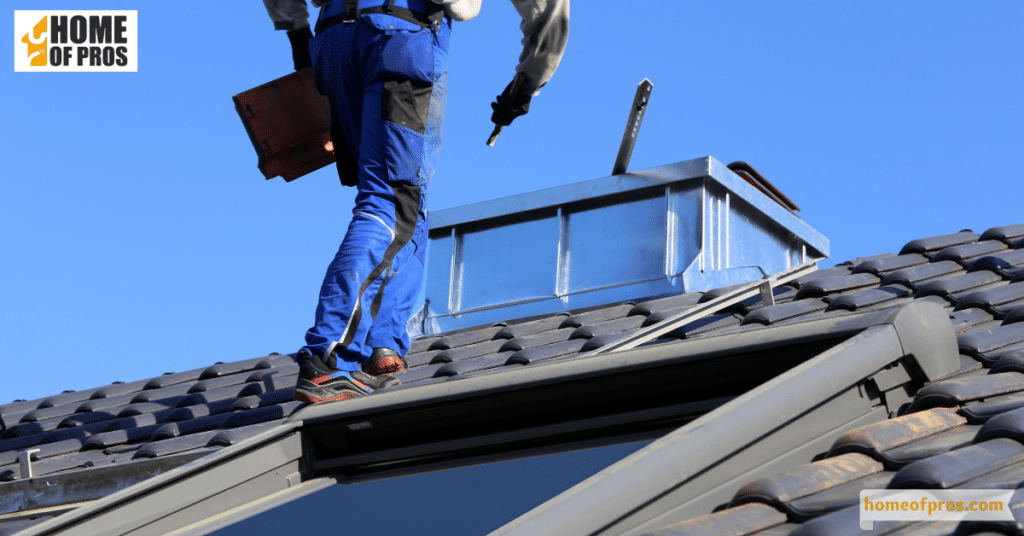
8. Regular Maintenance and Inspections
While the installation is a pivotal phase, the journey of maintaining a roof’s integrity doesn’t end there. Regular inspections, especially post-heavy weather events, ensure that minor issues don’t escalate into major problems.
Simple actions, like removing accumulated debris or replacing a missing shingle, can be the difference between a minor repair and a major overhaul. Being proactive, rather than reactive, ensures the roof remains in peak condition for years to come.
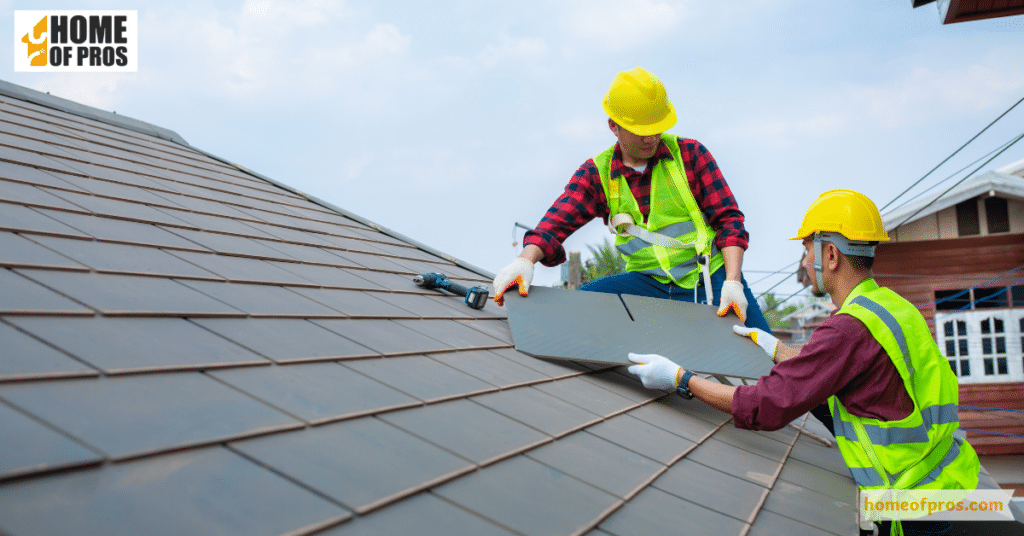
Conclusion
The roof serves as a home’s primary defense against nature’s elements. Every step, from material selection to regular maintenance, is crucial for its longevity and efficiency. By diligently following proper installation and care guidelines, homeowners can ensure their roof remains sturdy and protective, providing safety and peace of mind for decades.












